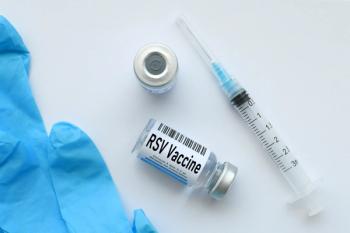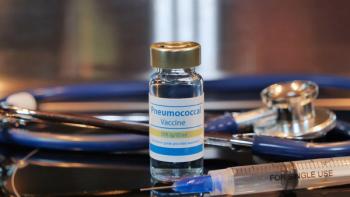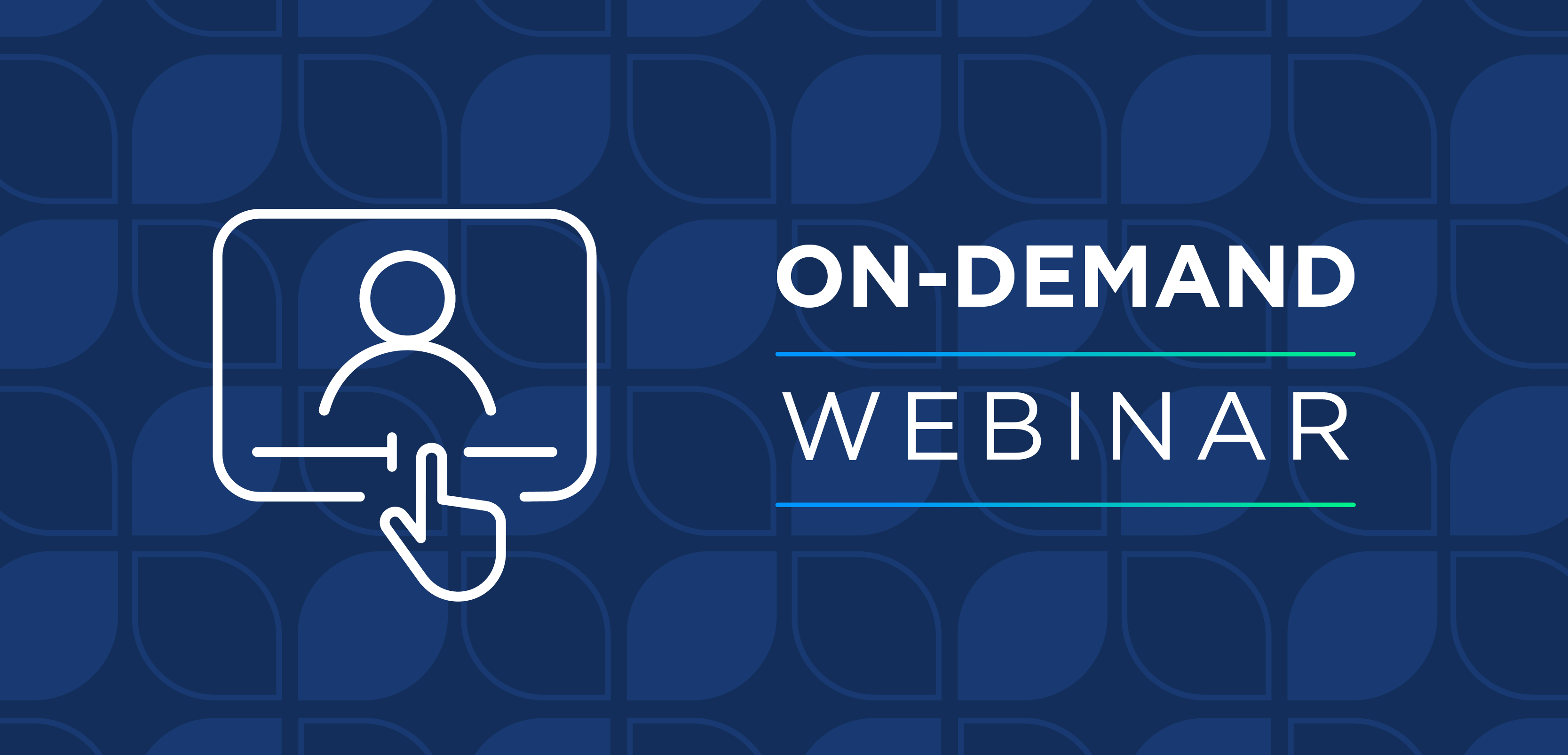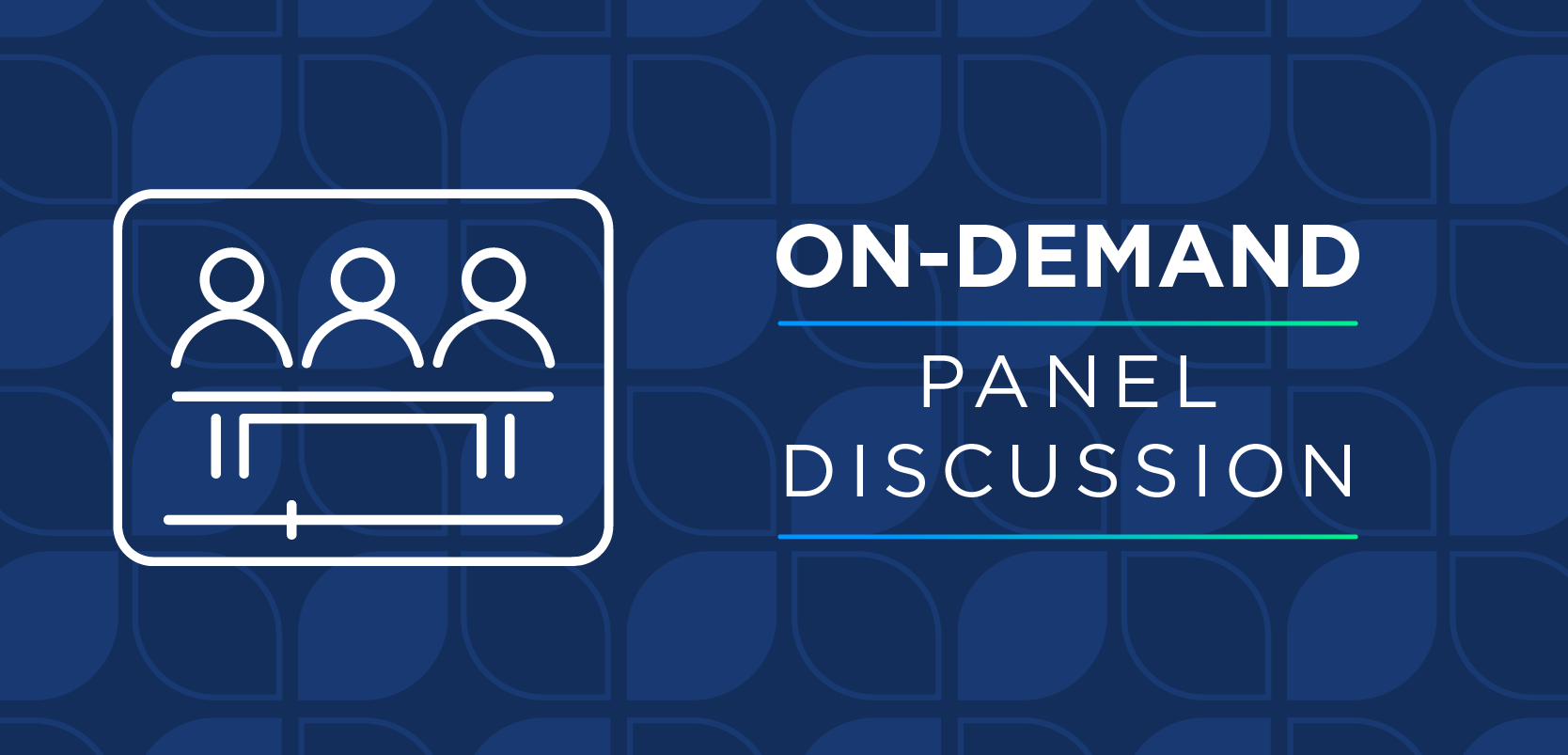
4 Drug Class Costs That Increased More Than 200% in 10 Years
Diabetes isn't the only therapeutic class that has seen substantial drug price hikes over the past decade.
Diabetes isn’t the only therapeutic class that has seen substantial drug price hikes over the past decade.
A recent study published in JAMA uncovered that the cost of hormone insulin—a critical medication for the
Such a price hike is significant for the US health system, given that more than 29.1 million individuals in the United States have diabetes, and almost one-third of those patients take insulin, according to the US Centers for Disease Control and Prevention.
Prescription drug data analyzed by Express Scripts each year revealed similar patterns across other therapeutic classes, especially specialty areas.
In 2015, specialty medications accounted for 37.7% of total drug spending, and the top 3 specialty drug classes accounted for 56.3% of all specialty drug spending. An IMS Health report released in late 2015 projected that specialty pharmaceuticals will account for only 2% of prescriptions written but 30% of total drug spending in the United States by 2020.
Here are a few specialty drug classes that saw exorbitant price increases over the past decade, as measured by per member per year (PMPY) spending:
1. Inflammatory Disorders (368% Cost Increase)
The PMPY cost of treating an inflammatory disorder with indicated drug therapy was $19.04 in 2006, compared with $89.10 for the same drug class in 2015.
Inflammatory disorders, which include rheumatoid arthritis and inflammatory bowel disease, have been consistently ranked among the top 10 conditions by drug spending for the past decade and have even been ranked No. 1 for the past 7 years.
In 2006, the top drugs in this category were
The cost of treating inflammatory disorders will likely continue to grow.
“Brand innovation is driving some of this increased spend, with newer drugs like Otezla (apremilast) and Entyvio (vedolizumab), both approved in 2014, showing triple-digit utilization increases,” Express Scripts forecasted in its 2015 drug trend report.
2. Multiple Sclerosis (292% Cost Increase)
The PMPY cost for
In 2006, the leading drugs in this category were Avonex (interferon beta-1a), Copaxone (glatiramer acetate injection), Rebif (interferon beta-1a), and Betaseron (interferon beta-1b). By comparison, the leading drugs in 2015 were
Oral MS medications like
The generic fill rate for specialty MS drugs is a mere 1.4%, according to Express Scripts.
3. Oncology (375% Cost Increase)
The PMPY cost for oncology drug therapy in 2006 was $10.44, compared with $49.62 in 2015.
In 2006, the top drugs in this category were
It’s likely that spending in this class will continue to grow as more oncology drugs obtain FDA approval.
“In 2015, there were 19 new FDA approvals for oncology therapies, contributing greatly to the increase in spend for this class,” according to Express Scripts.
4. Hepatitis C (927% Cost Increase)
The PMPY cost of treating
In 2006, the top drugs in this class were Rebetol (ribavirin),
HCV drug prices decreased in 2006 due to overall lower utilization because physicians were “wait[ing] for new treatment option for patients who [had] not responded to current therapies,” according to Express Scripts. Since then, many HCV treatments have come to market with very high success rates and extremely high price tags—including Gilead’s infamous HCV treatment Sovaldi, which has achieved
Tom Frank, PharmD, BCPS, director of research and education at University of Arkansas, previously
[embed related video]
The high costs associated with chronic HCV treatments should prompt pharmacists to reconsider their formula for determining the drugs’ worth, Dr. Frank said. He also noted that the drugs’ high costs would likely draw more players to the HCV market space.
He forecasted that,
Newsletter
Stay informed on drug updates, treatment guidelines, and pharmacy practice trends—subscribe to Pharmacy Times for weekly clinical insights.







































































































































































































